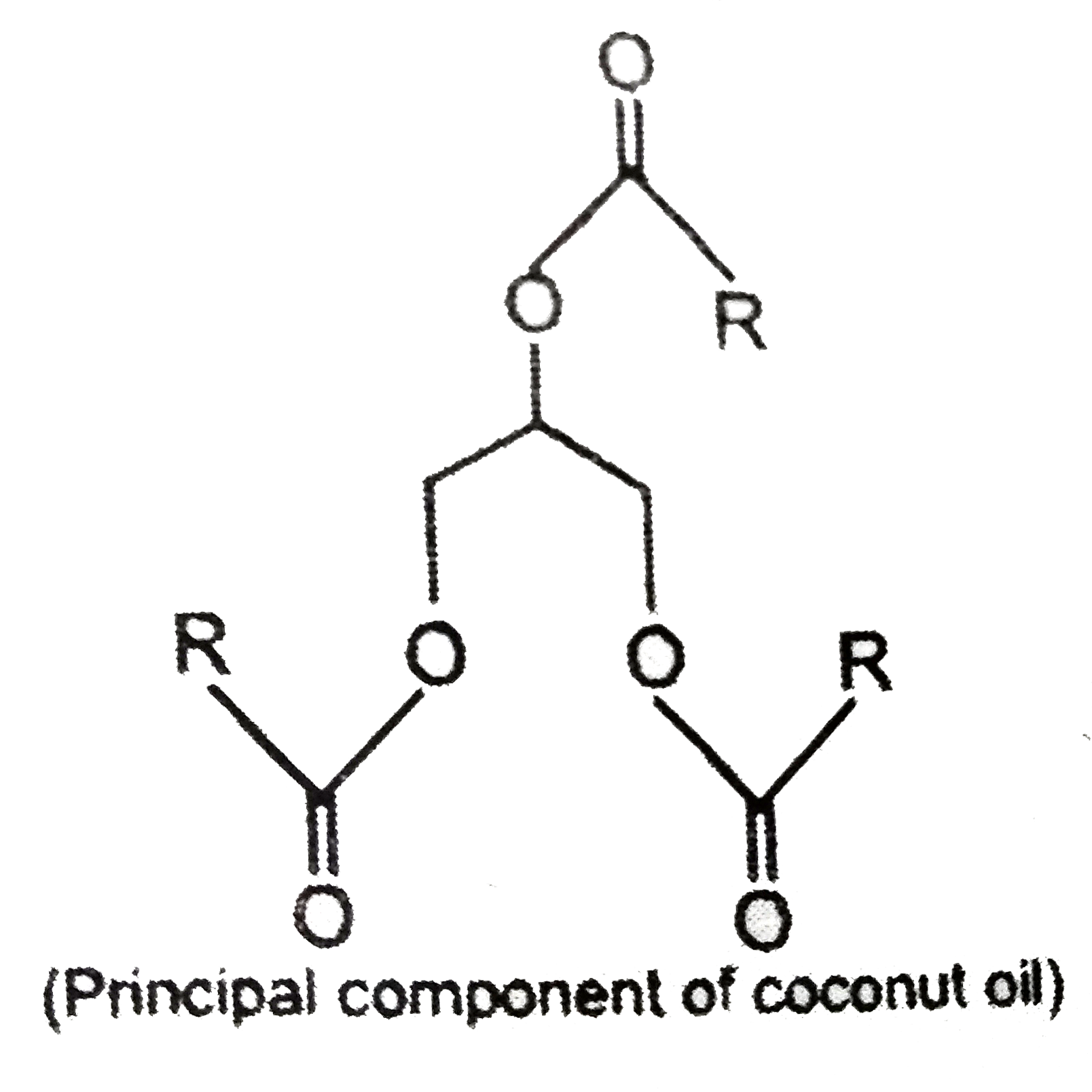Product
The product formed is :
The correct Answer is:C
To solve the question regarding the reaction of the compound R−C≡N (a nitrile) with DIBAL-H and water at -40°C, we can follow these steps:
1. Identify the Reactant:
The reactant is a nitrile, represented as R−C≡N. This structure indicates that there is a carbon atom (C) triple-bonded to a nitrogen atom (N), with an alkyl group (R) attached to the carbon.
2. Understand the Reagent:
The reagent used in the reaction is DIBAL-H, which stands for diisobutylaluminium hydride. DIBAL-H is a selective reducing agent that is commonly used to reduce nitriles to aldehydes.
3. Reaction Conditions:
The reaction is performed at a low temperature of -40°C. This low temperature is crucial as it helps in controlling the reaction, ensuring that the nitrile is converted to an aldehyde without further reduction to an alcohol.
4. Reduction Mechanism:
When the nitrile R−C≡N is treated with DIBAL-H, the triple bond between carbon and nitrogen is reduced. The nitrogen atom is converted to a less oxidized state, while the carbon atom that was part of the nitrile becomes part of an aldehyde functional group.
5. Hydrolysis:
After the reduction step, the reaction mixture is hydrolyzed with water (H2O). This step is necessary to convert the intermediate formed during the reduction into the final aldehyde product.
6. Final Product:
The final product of this reaction is an aldehyde, represented as RCHO. The structure indicates that the carbon atom from the nitrile has now formed a double bond with an oxygen atom (C=O), characteristic of aldehydes, while the number of carbon atoms remains the same.
Conclusion:
The product formed from the reaction of R−C≡N with DIBAL-H and water at -40°C is RCHO (an aldehyde).
The reactant is a nitrile, represented as R−C≡N. This structure indicates that there is a carbon atom (C) triple-bonded to a nitrogen atom (N), with an alkyl group (R) attached to the carbon.
The reagent used in the reaction is DIBAL-H, which stands for diisobutylaluminium hydride. DIBAL-H is a selective reducing agent that is commonly used to reduce nitriles to aldehydes.
The reaction is performed at a low temperature of -40°C. This low temperature is crucial as it helps in controlling the reaction, ensuring that the nitrile is converted to an aldehyde without further reduction to an alcohol.
When the nitrile R−C≡N is treated with DIBAL-H, the triple bond between carbon and nitrogen is reduced. The nitrogen atom is converted to a less oxidized state, while the carbon atom that was part of the nitrile becomes part of an aldehyde functional group.
After the reduction step, the reaction mixture is hydrolyzed with water (H2O). This step is necessary to convert the intermediate formed during the reduction into the final aldehyde product.
The final product of this reaction is an aldehyde, represented as RCHO. The structure indicates that the carbon atom from the nitrile has now formed a double bond with an oxygen atom (C=O), characteristic of aldehydes, while the number of carbon atoms remains the same.
The product formed from the reaction of R−C≡N with DIBAL-H and water at -40°C is RCHO (an aldehyde).
Topper's Solved these Questions
- REDUCTION, OXIDATION & HYDROLYSIS REACTIONSBook:RESONANCE ENGLISHChapter:REDUCTION, OXIDATION & HYDROLYSIS REACTIONSExercise:Part-III Match the column
Explore 2 Videos
- REDUCTION, OXIDATION & HYDROLYSIS REACTIONSBook:RESONANCE ENGLISHChapter:REDUCTION, OXIDATION & HYDROLYSIS REACTIONSExercise:Exercise-2 (Part-I: Only One option correct Type)
Explore 10 Videos
- REDUCTION, OXIDATION & HYDROLYSIS REACTIONSBook:RESONANCE ENGLISHChapter:REDUCTION, OXIDATION & HYDROLYSIS REACTIONSExercise:Exercise 1 (Part-I Subjective Questions)
Explore 19 Videos
- PERIODIC TABLE & PERIODICITYBook:RESONANCE ENGLISHChapter:PERIODIC TABLE & PERIODICITYExercise:ORGANIC CHEMISTRY(BASIC CONCEPTS)
Explore 27 Videos
- S BLOCK ELEMENTSBook:RESONANCE ENGLISHChapter:S BLOCK ELEMENTSExercise:ORGANIC CHEMISTRY(Biomolecules & Polymer)
Explore 4 Videos
Similar Questions
 DIBAL-H−−−−−→ΔProduct, Product is :
DIBAL-H−−−−−→ΔProduct, Product is :
View Solution NaOH,H2O−−−−−−−→100∘C(Several hours)Product Product is obtained in the above reaction is :
NaOH,H2O−−−−−−−→100∘C(Several hours)Product Product is obtained in the above reaction is :
View SolutionCH3C≡CH2HBr−−→H2O−−→ Product, Product is :
View Solution HOBr/H(⊕)−−−−−−−−→, The major product is
HOBr/H(⊕)−−−−−−−−→, The major product is
View SolutionConsider the folliwng reactions:
I. Me3C−BrH2O+NaBr−−−−−−−−−→SN1Product
II. Ph3C−BrH2O+NaBr−−−−−−−−−→SN1Products
Which of the folliwng statements are correct about the above reactions?
View Solution_2019_CBT4_E01_010_Q01.png) KCN−−−→DMSOH2,Pd−−−→ product is
KCN−−−→DMSOH2,Pd−−−→ product is
View Solution (i)NaOH/100∘C−−−−−−−−−−−→(ii)H+/H2O
(i)NaOH/100∘C−−−−−−−−−−−→(ii)H+/H2O
The major product is:
View SolutionH3CCH3∣−−∣CH3C2H5∣CH−CH∣CH3−OHH⊕−−→△P Product mixture, the product's mixture contains
View SolutionConsider the following reaction.
CH3O16∣∣C−O18−C2H5+H2O16H+−−→Heat
The products formed in the reaction are
View SolutionConsider the following sequence of reactions
C2H5C≡CHCH3MgBr−−−−−→A(1)HCHO−−−−−−→(2)H2O+B
The product (B) is
View Solution